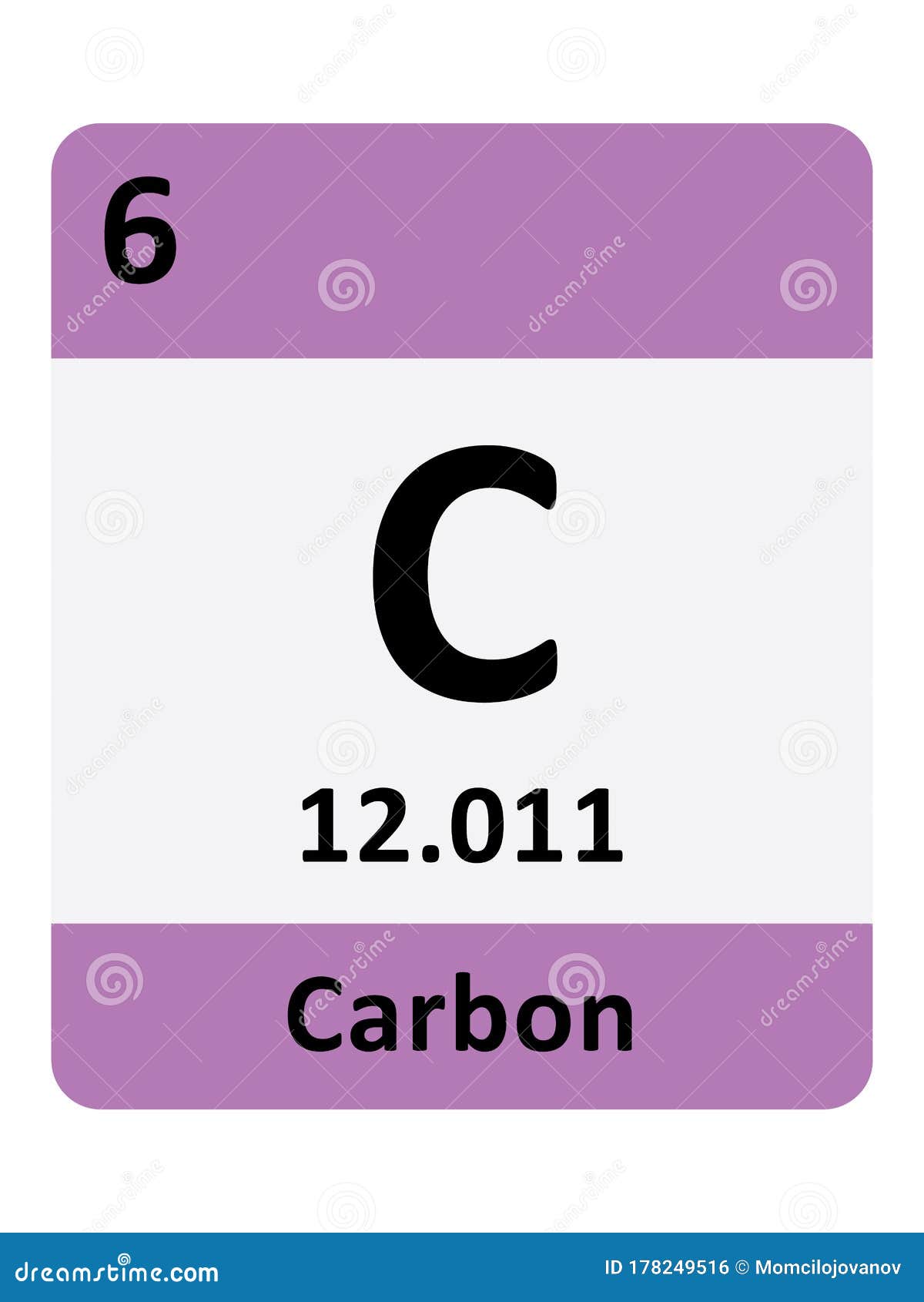
Lead forms one hydride, which has the formula PbH 4. Tin forms chalcogenides with one of each naturally occurring chalcogen except polonium, and forms chalcogenides with two of each naturally occurring chalcogen except polonium and tellurium. Tin forms dihalides and tetrahalides with all halogens except astatine. Tin forms two hydrides: SnH 4 and Sn 2H 6. Germanium nitride has the formula Ge 3N 4. Germanium bonds to all natural single chalcogens except polonium, and forms dioxides, disulfides, and diselenides. Germanium forms tetrahalides with all halogens except astatine and forms dihalides with all halogens except bromine and astatine. The first two germanium hydrides are GeH 4 and Ge 2H 6. Silicon also forms a dioxide and a disulfide. Silicon forms tetrahalides with fluorine, chlorine, bromine, and iodine. Silicon forms several hydrides two of them are SiH 4 and Si 2H 6. Carbon also forms many oxides such as carbon monoxide, carbon suboxide, and carbon dioxide.

Although tin is chemically a metal, its α allotrope looks more like germanium than like a metal and it is a poor electric conductor.Ĭarbon forms tetrahalides with all the halogens. Tin and lead are both capable of forming +2 ions. Tin and lead both are metals, while flerovium is a synthetic, radioactive (its half life is very short, only 1.9 seconds) element that may have a few noble gas-like properties, though it is still most likely a post-transition metal. Silicon and germanium, both metalloids, each can form +4 ions. The tendency to lose electrons increases as the size of the atom increases, as it does with increasing atomic number.Ĭarbon alone forms negative ions, in the form of carbide (C 4−) ions. Double bonds are characteristic for carbon ( alkenes, CO 2.) the same for π-systems in general.

For single bonds, a typical arrangement has four pairs of sp 3 electrons, although other cases exist too, such as three sp 2 pairs in graphene and graphite. Bonds in these elements often lead to hybridisation where distinct s and p characters of the orbitals are erased. These elements, especially carbon and silicon, have a strong propensity for covalent bonding, which usually brings the outer shell to eight electrons. An isolated, neutral group 14 atom has the s 2 p 2 configuration in the ground state. Like other groups, the members of this family show patterns in electron configuration, especially in the outermost shells, resulting in trends in chemical behavior:Įach of the elements in this group has 4 electrons in its outer shell.

They are also known as the crystallogens or adamantogens. The group is also known as the tetrels (from the Greek word tetra, which means four), stemming from the Roman numeral IV in the group names, or (not coincidentally) from the fact that these elements have four valence electrons (see below). In the field of semiconductor physics, it is still universally called group IV. In modern IUPAC notation, it is called group 14. (The above picture of the periodic system is interactive - no need to download, just click on an element.The carbon group is a periodic table group consisting of carbon (C), silicon (Si), germanium (Ge), tin (Sn), lead (Pb), and flerovium (Fl).
#Carbon periodic table weight pdf
Now available: history of the periodic tableĬhoose elements by name, by atomic number, by symbol, by massĬlick here for the history of the periodic table.Ĭlick here to download a PDF version from that periodic table An interactive, printable extended version of the Periodic table of chemical elements of Mendeleev (who invented the periodic table).


 0 kommentar(er)
0 kommentar(er)
